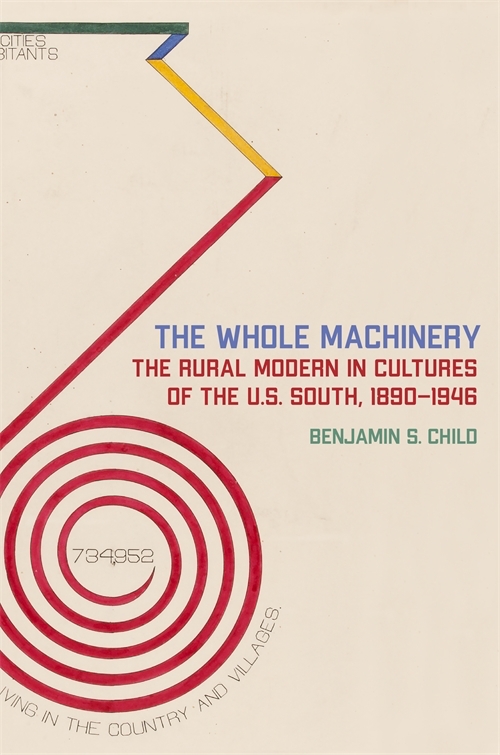Upending the reputation of the U.S. South as either retrograde or unresponsive to modernity, Benjamin S. Child shows how the effects of national and transnational exchange, emergent technologies and industrialization animate environments and bodies associated with, or performing, versions of the rural. To this end, he also exposes the shadow side of the cosmopolitan modern by investigating the rural sources—the laboring bodies and raw materials—that made such urban spaces possible, thus taking a broader survey of landscapes created by the Atlantic world’s histories of uneven development.
In this investigation of the rural modern that considers multiple media and forms of technology, Child’s sources range widely, encompassing a spectrum of texts and their networks of transmission, reception and signification. These include novels, poems and short stories but also radio broadcasts, sound recordings, political pamphlets, photographs, magazine articles, newspaper reports and agricultural bulletins.
Folding such expressive artifacts into his larger arguments, Child considers how they both reflect and form modern(ist) culture. The result is a geography of Southern modernism that includes an unexpected combination of landmarks, both actual and imagined: Twisted Oak, Arkansas, and Tukabahchee County, Alabama; Manhattan, Manchester, and Moscow; Tuskegee and Gobbler’s Knob, North Carolina.
